Trusted by:
Updated: December 05, 2025
11 min read
How to Create a Certification Program? (A 2026 Guide)
Making a certification program may seem complicated, but it can be a breeze with the right tools. This blog post will outline the steps you need to take to create a successful certification program in 2026.
Do you want to make your certification program but don’t know where to start? It's a lot to cover, but this guide will get you started.
Our aim is to equip you with the industry expert knowledge and tools needed to create a certification program that stands out. Let's begin this journey together and transform the baseline skills and experience into a valuable learning opportunity for others!
What is a certification program?
The certification program is a course that ends with a certificate that proves a certain skill, qualification, or professional area. To get this, its participants usually have to pass a test or complete a special class. Sometimes, they might need to keep learning or retake the test after a while to demonstrate that they remain competent.
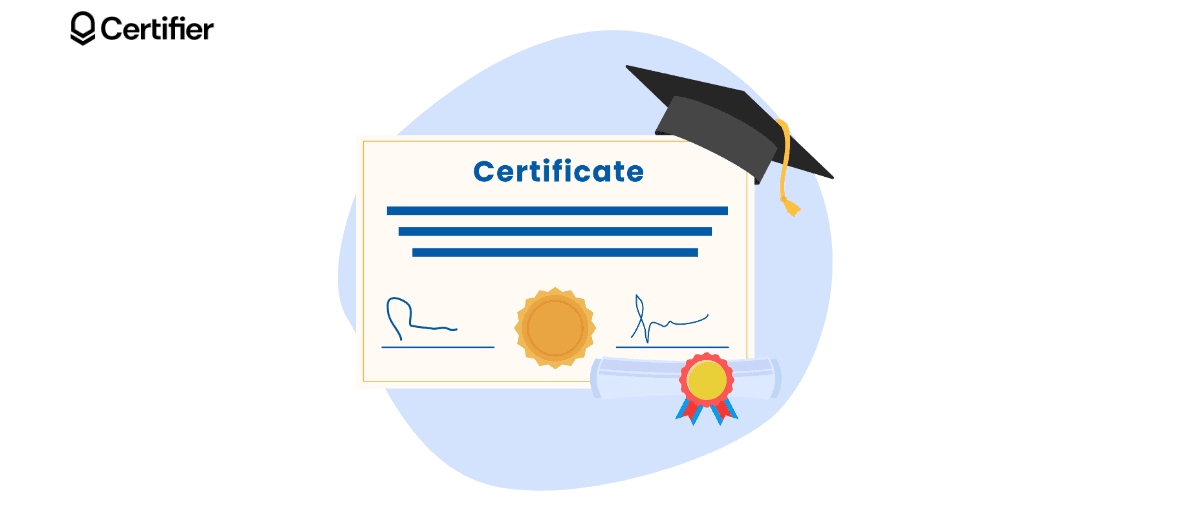
Benefits of a certification program
Whether you are an individual who decides to learn something new or a company that organizes a new certification course for your employees, everyone can benefit from online certification programs (or in-person ones). Here are a couple of the benefits of certification training.
Investing in your employees' skills
For businesses, certification programs can help ensure employees have the necessary skills and foundational knowledge to do their jobs correctly. For example, any leadership role might require certification in the agile approach to project management. Workers are the backbone of every company, so the better they are trained, the more productive and profitable a company can be. Therefore, it is essential and advantageous for companies to invest in their career skills by providing training programs.
Creating an educational environment at work
You can create an educational environment at your workplace by providing a training program. So, your company would be a great place to work for those willing to expand their knowledge, gain new skills, and be professional in a particular industry. Training helps employees learn new skills, stay updated on industry changes, and improve problem-solving abilities.
Attracting high-quality employees and improving customer satisfaction
You can also use both in-person and online certification programs to attract and retain high-quality employees and improve customer satisfaction. Certification also shows that employees are dedicated to their careers and are willing to invest time and effort into learning new things. So, attracting more ambitious workers is possible when they see that a company they want to apply to provides such certified courses.
The sense of development for individuals
For individuals, certification programs can provide a sense of accomplishment, completion, and pride and improve job prospects and earnings potential. If you, as an employee, are not quite sure about participating, you can ask for a free demo of a new certification course you are planning to take part in.
How to create a certification program?
It takes special preparation to create an online certification program. A thing like this doesn't just happen overnight (at least the best ones). What makes one certification program better than another?
How to create a certification program? Here are the main steps you must take.
Step 1: Identify the needs and course scope
Step 2: Choose the certification course format
Step 3: Set up the logistics
Step 4: Pick the best certification software
Step 5: Promote the course
Step 6: Track the progress
Step 1: Identify the needs and course scope
The first step is to develop the program content. It will include determining the objectives of the certification course and what topics you want and need to cover. Once you have a clear idea of the program's goals and scope, you can begin developing the actual content, such as course materials, test questions, and so on.
Tips from experts:
Consult with industry experts to understand the current job market and identify high-demand skills that set professionals apart.
Determine the technical skills and job-ready skills that are in high demand but not adequately covered by existing certificate programs or a college degree program and school diploma.
Develop an industry-recognized certification program that addresses these gaps and provides practical, hands-on projects.
Step 2: Choose the certification course format
Consider the preferred learning styles of your target audience. Do they benefit more from interactive, hands-on learning or traditional lecture-based methods?
Choose between online, offline, or blended learning formats.
Online self-paced courses offer flexibility, while certification training with instructors can provide more structured learning.
Step 3: Set up the logistics
Determine what educational resources you need, including expert instructors, course materials, and technical support.
You'll also need human resources. Hire expert instructors who are not only knowledgeable but also skilled in teaching and engaging students. Develop comprehensive individual course materials, textbooks, workbooks, and online resources.
It’s also time to design the application process. Create a cloud application form that captures all necessary information about applicants (especially if you want to create your certificates based on this info).
What to include in the application form for a certification program?
Recipient’s name
Email address
Background and experience
Preferred course dates
Step 4: Pick the best certification software
There’s no more need to do certificates manually. You can automate the whole process and mitigate the risk of errors – from generating certificates to their distribution.
Look into a wide range of different certification software options. Compare features like user interface, scalability, data security, and cost. Test the software with a small group to ensure it meets your needs.
Certifier offers a range of features to make your certification process smooth and impressive.
Create and Send Digital Credentials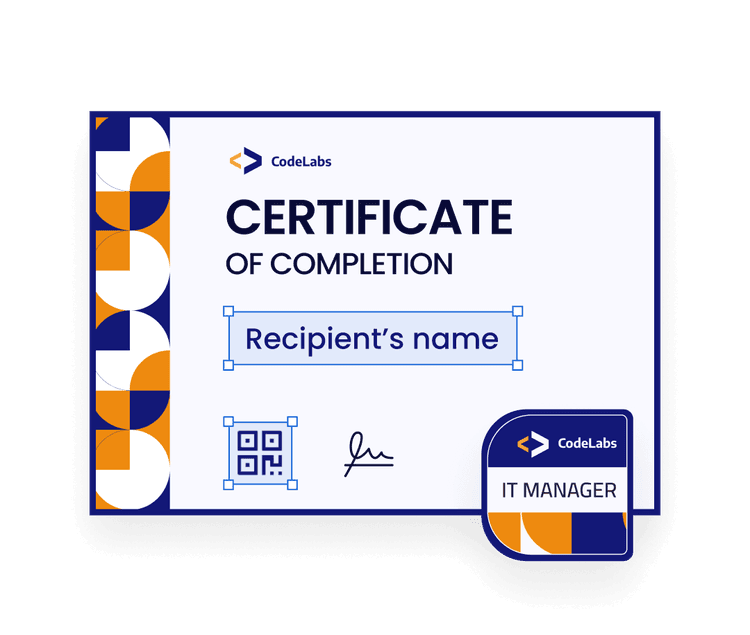
If you have a long list of participants, manually creating certificates can be time-consuming. With Certifier, you can easily send out certificates in bulk. Just prepare a CSV file with participant names and email addresses, choose a template or design your certificate, upload the list, and click send. It's that simple!
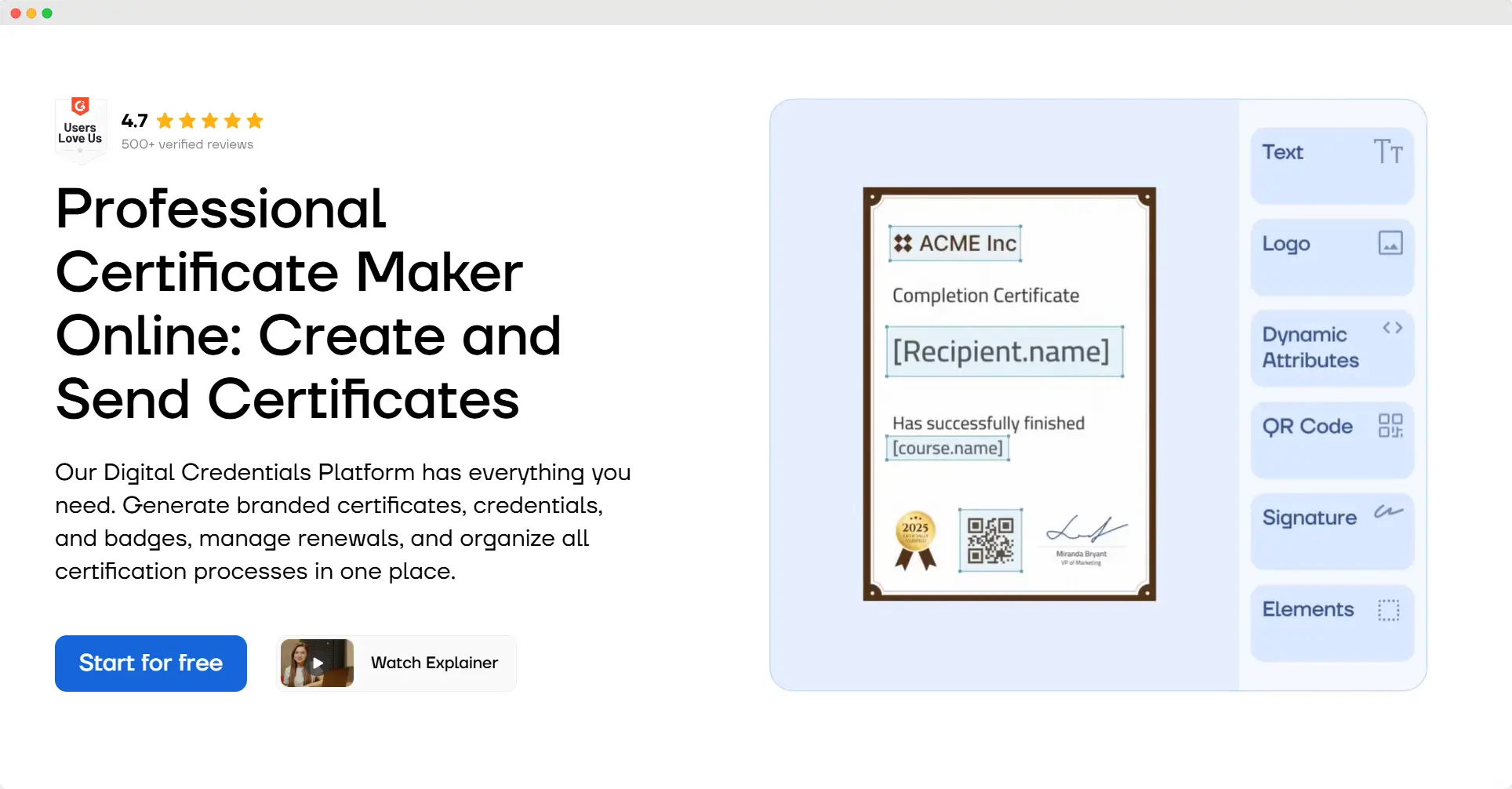
Step 5: Promote the course
Promoting your certification course is crucial to attract the right participants and ensure its success. Craft your promotional messages to resonate with this audience, highlighting how your course will address their specific needs and goals.
Use platforms like LinkedIn, Twitter, and Facebook to reach potential participants. Share engaging content like success stories, course snippets, and testimonials.
Take it a step further and have larger goals in mind.
Include a share button while you’re sending out the certificates. As a result, your participants will share their certificates on their social media feeds. It's an easy way to promote your certification courses through word-of-mouth. With Certifier, your participants get the recipient’s wallet view from which they can share the certificates with others (and you can track when they do!).
Step 6: Track the progress
Last but not least, maintaining the certification course is essential. It will involve periodically reviewing and updating the program content and monitoring compliance with the program's requirements.
Additionally, it’s essential to ensure that certified individuals remain current in their knowledge and skills by requiring them to complete continuing education or recertification.
By following these steps, you can create a certification program that benefits businesses and individuals. So, you may also find these tips helpful if you're about to start your own program or learn more about the process.
Certification program – good practices
We’ve got you covered in terms of good practices worth incorporating before and during organizing a certification program. Here are some crucial ones.
Make it easy to get started
It is always challenging to take the first step. So, it’s a good practice to make it as easy as possible for people to start your certification program. One way to do this is by having a clear and concise getting started guide. The guide should include a detailed description of the steps they need to follow and what resources are available to help them.
Make it valuable
Your certification program should be valuable to your company and the individuals who complete it. This means that you need to carefully consider what skills and knowledge are needed for someone to be successful in your industry.
Before starting a certification program, identify the areas in which your workers need to improve, so your company and employees can benefit. Figuring it out will help you create the program by giving you hints and suggestions for enhancement.
Make it affordable
A certification program's affordability is another crucial aspect to consider. You want to ensure that your program’s price is accessible to as many people as possible.
There are many ways to do this, such as offering discounts for early registrants or providing scholarships for those who cannot afford the program's total cost.
Make it flexible
Flexibility is another key consideration when creating digital courses. You want to ensure that individuals with different schedules and commitments can complete your program.
One way to do this is by offering a variety of delivery methods, such as online, in-person, or self-paced options.
Make it enjoyable
Finally, you want to make sure that your certification program is enjoyable for those who complete it. Therefore, try to make your program engaging and interactive, for example, by incorporating games and challenges into the learning process.
How can Certifier support your certification program?
Certifier is a certificate generator for building digital credentials and would be a great asset to your certification program. It is a win-win situation for your brand as well as for participants. Receiving a digital certificate is a way to reward participants for their efforts and dedicated time. In addition, it motivates them to keep striving for more.
Simple design process
If you don’t have much time to create your documents from the ground up, use Certifier’s template. There are many available so that everyone will find something suitable. Simply select the scholarship certificate template that best fits your needs and tailor it to reflect your brand and certification program. Incorporate your company's logo. Drag & drop editor allows you to customize the certificates however you want to.
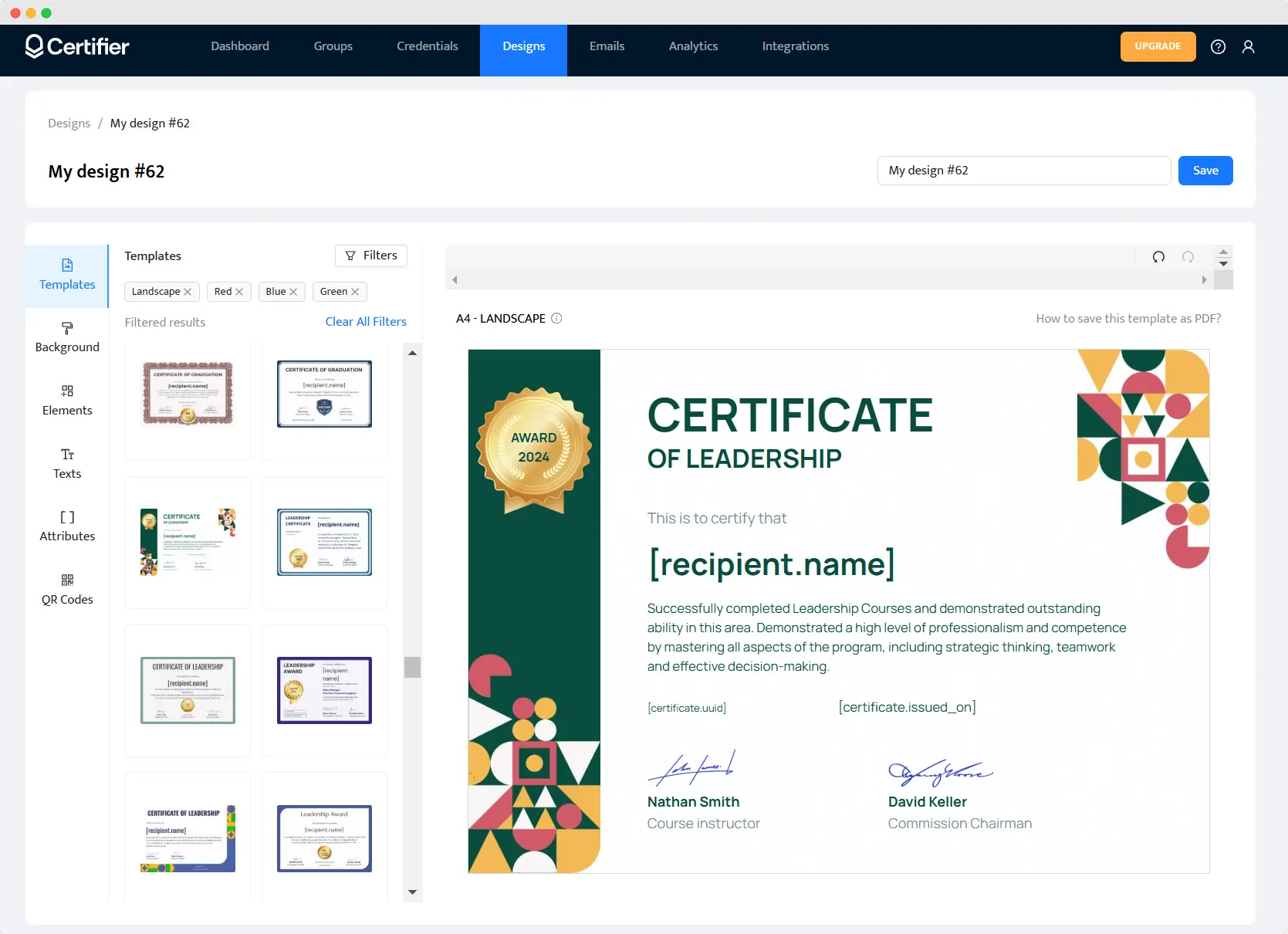
Bulk certifications
If your certification program counts many participants, manually creating digital credentials will take a lot of time. But it doesn’t have to. When you have a list of participants prepared previously in a CVS file, the process of sending documents in bulk is a piece of cake. Certifier provides dynamic attributes that automatically fill out the content with appropriate data from the spreads.
If you are interested in how the attributes exactly work and how to use them, here is the article ➡️ How To Use Dynamic Attributes To Create and Send Certificates in Bulk.
Create and Send Digital Credentials
Post-course tracking
Getting insights is valuable if you want to analyze certificates' performance after sending them. For example, you can see how many attendees share their documents on LinkedIn, Twitter, or Facebook. And monitor how many certificates are published and opened.
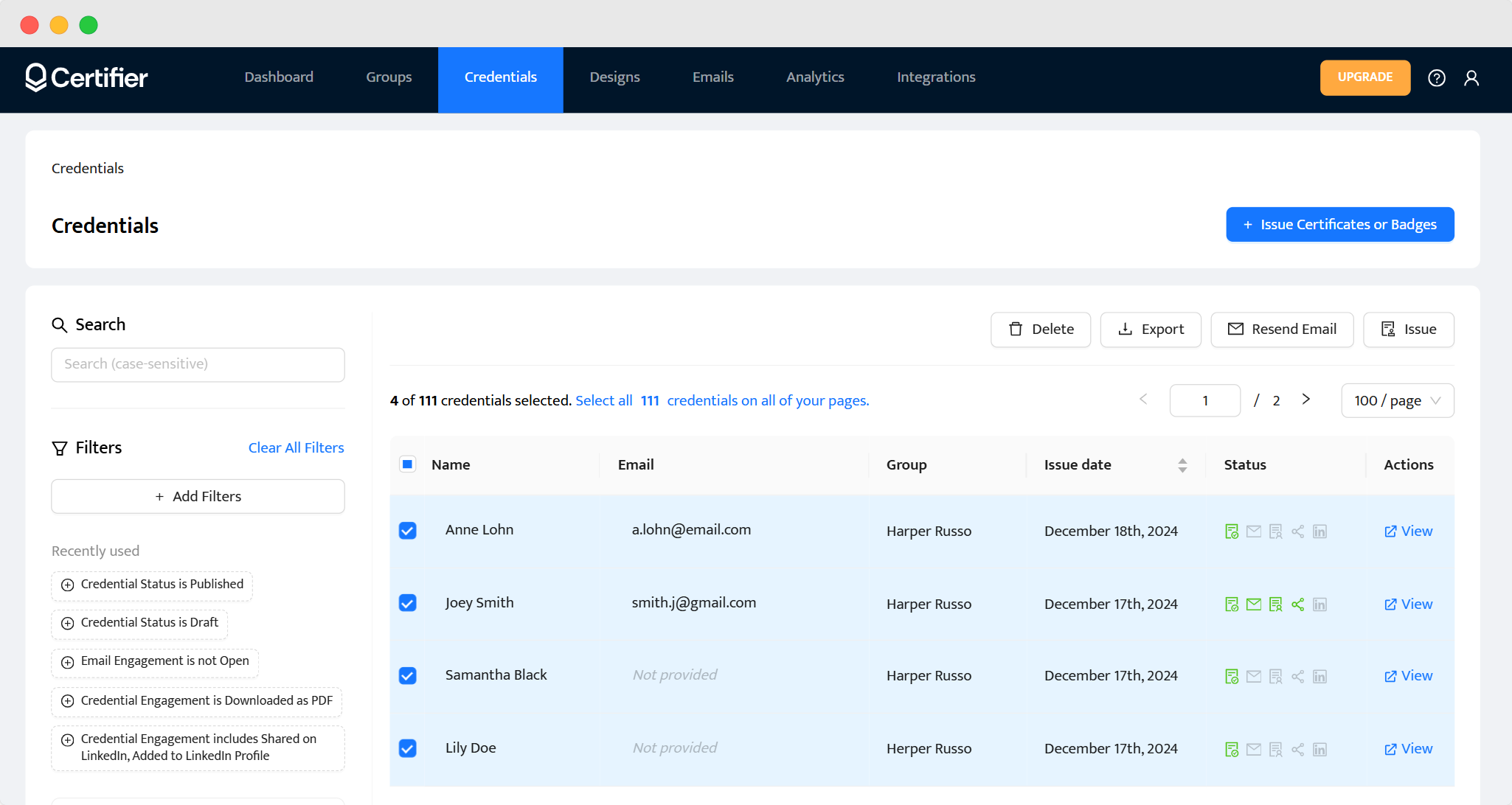
Certifier is excellent support for your certification program
To conclude – you can create and distribute digital credentials with Certifier and, at the same time, save a lot of time and money. Start for free to figure out how to streamline your certification program. Of course, you can hire a professional to design certificates for those who completed the program. However, it may be costly. The other thing is that you will need to distribute them manually anyway.
FAQ about certification program
If you have some questions, check the FAQ section below. Maybe the answer is there!

- SaaS Growth
- Digital Credentials
- APIs
- Product Marketing
- Company Operations
CEO and Co-Founder
Sergey is CEO and Co-Founder of Certifier, a Forbes 30 Under 30 honoree building digital credential infrastructure for 2,000+ organizations worldwide and shaping the future of credentialing.


